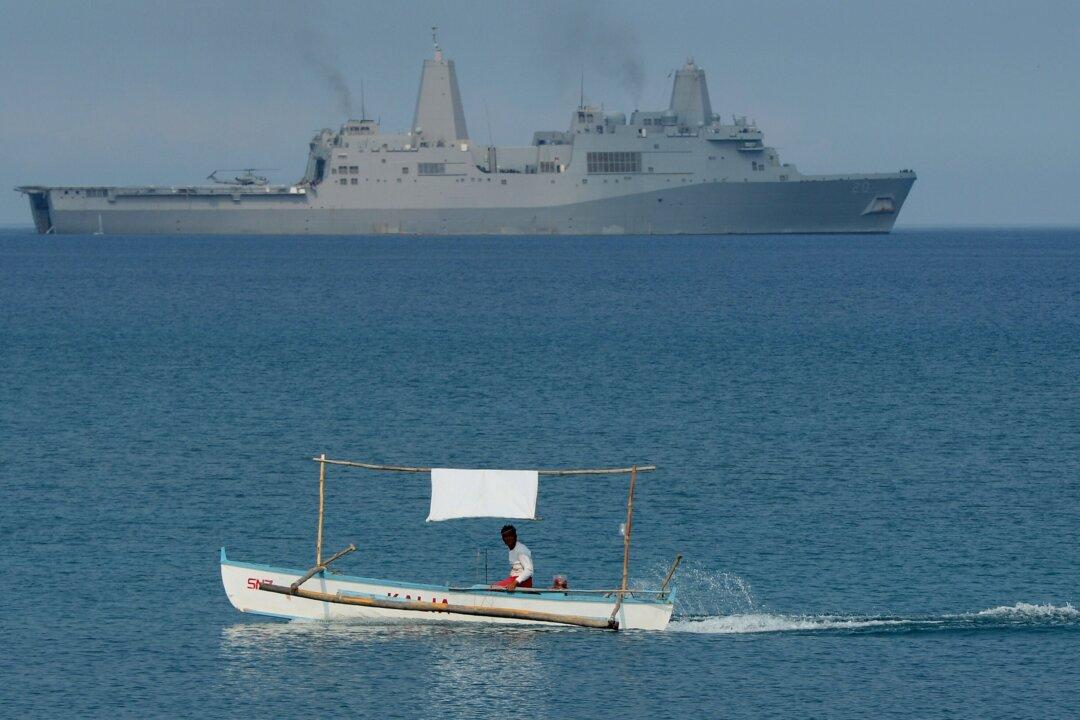President Obama’s visits to Thailand, Burma, and Cambodia this week fulfill key pillars of his administration’s strategy in the region, the culmination of an approach toward the Asia Pacific formulated by Obama in the early days of his presidency, says a key adviser to the president on national security issues.
Speaking in Washington on the eve of the president’s trip, National Security Adviser Thomas Donilon said a rebalancing toward Asia—referred to as the “Asia pivot”—had developed from a request by Obama in his first days as president for a strategic assessment of “America’s footprint” in the world.
“It was the president’s judgment that we were over-weighted in some areas and regions, such as our military commitments in the Middle East, and at the same time we were significantly underweighted in some regions, including and specifically the Asia-Pacific region,” he said.
Armed with this assessment and a strong affinity to the region—having spent four years in Indonesia as a child—it was Obama who pushed for rebalance in Asia.
“The president made a critical decision … at the very outset of the administration to increase our focus on the Asia-Pacific in terms of resources, diplomatic effort, engagement both with nations, and with regional institutions, and in terms of policy,” Donilon said.
The present visit to Asia, the first overseas tour for President Obama following his re-election and the fifth trip to Asia in four years, highlights the importance the president places on the Asia-Pacific and marks “the beginning of the next phase of our rebalancing effort,” Donilon said.
Obama spent Sunday in Thailand, reaffirming a relationship with the United States that goes back 180 years. He met with Thai Prime Minister Yingluck Shinawatra before visiting ailing Thai king Bhumibol Adulyadej, 85, who, after military coups and political upheavals in 2010, remains a powerful unifying force within the country.






